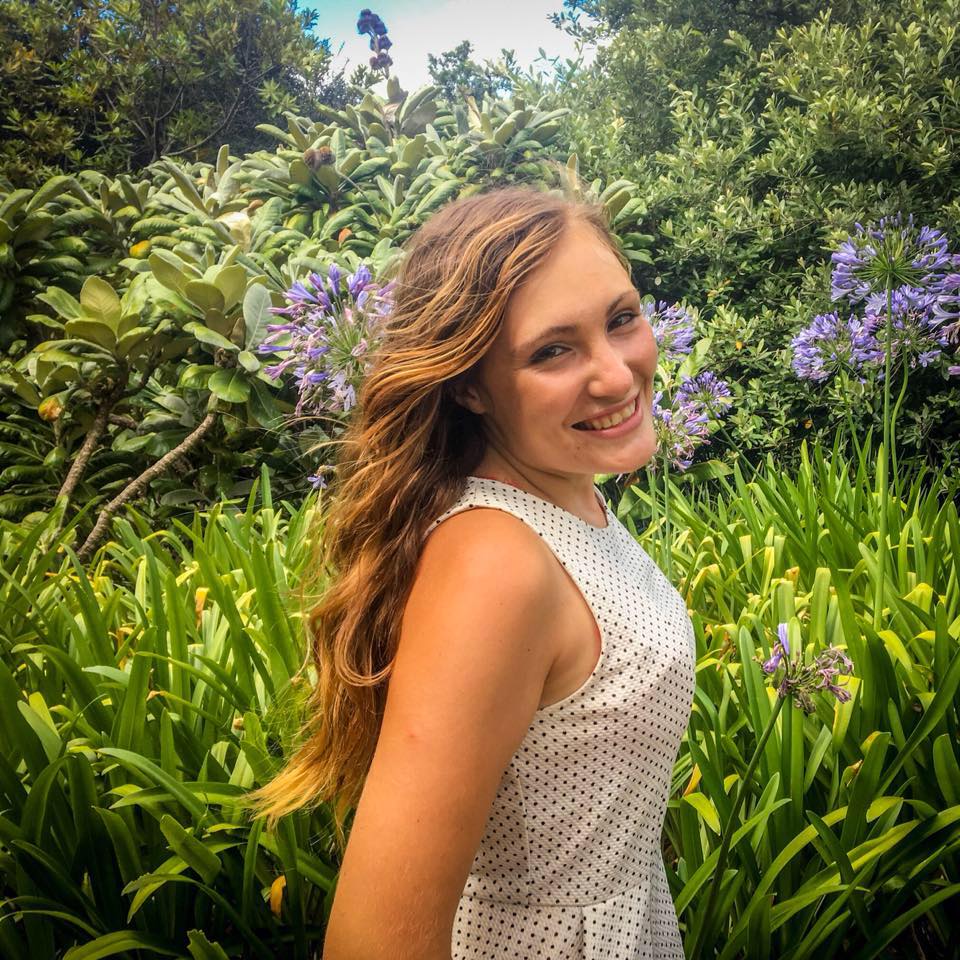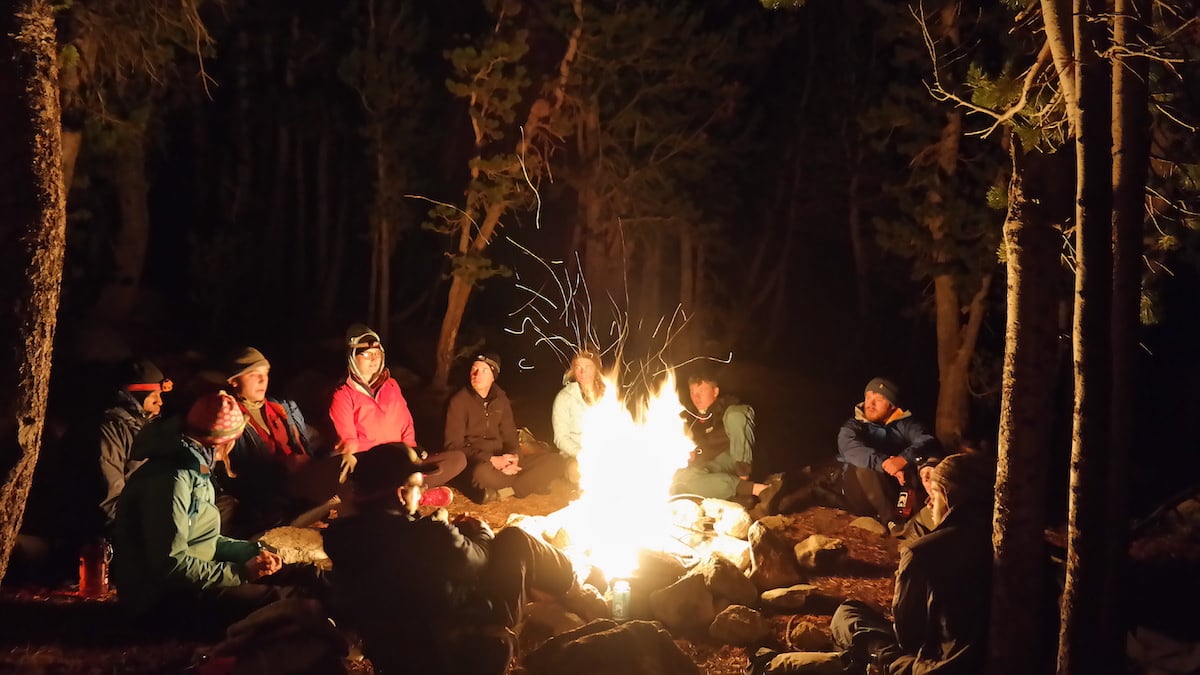
Throwback to the sweet hot summer of 2015: The USA Women’s team won the World Cup, Taylor Swift’s 1989 was topping the charts (I sang every lyric to every song), and I was an energetic, sunburnt, 19-year-old working at a camp in West Virginia.
Fast forward five years: I'm a certified Wilderness First Responder and work for NOLS Wilderness Medicine. Being a counselor at an overnight camp remains one of my most rewarding summer experiences, but I now realize I could've been much more prepared to care for children with my current medical training.
Back then, I hadn’t heard of wilderness medicine, let alone had comprehensive first aid training. I mainly taught drama or led short hikes, and there was always a nurse available, so I can see why I overlooked additional medical training. Yet that summer, my campers and colleagues encountered nearly everything taught in a NOLS Wilderness First Aid (WFA) course. When I took my Wilderness First Responder course (WFR) I found myself thinking, "So that's how I could have helped that camper!"
Even if your camp has a nurse and/or you’re not leading children into the wilderness, I can attest to why a wilderness medicine course can make you a more empowered, self-reliant, and confident counselor.* Camps can also be proactive by providing wilderness medicine training to their staff during orientation.
While the entire NOLS WFA curriculum, as well as some concepts in my WFR course, would’ve better prepared me for this job, I’ve outlined three common injuries/illnesses that I wish I’d known how to handle.
*Your wilderness medicine training enables you to make more informed decisions regarding medical issues commonly seen at camps. However, you should follow your camp’s protocol for injuries and illnesses. Also, make sure you only provide treatment within your scope of practice.
Wound Management and Treatment
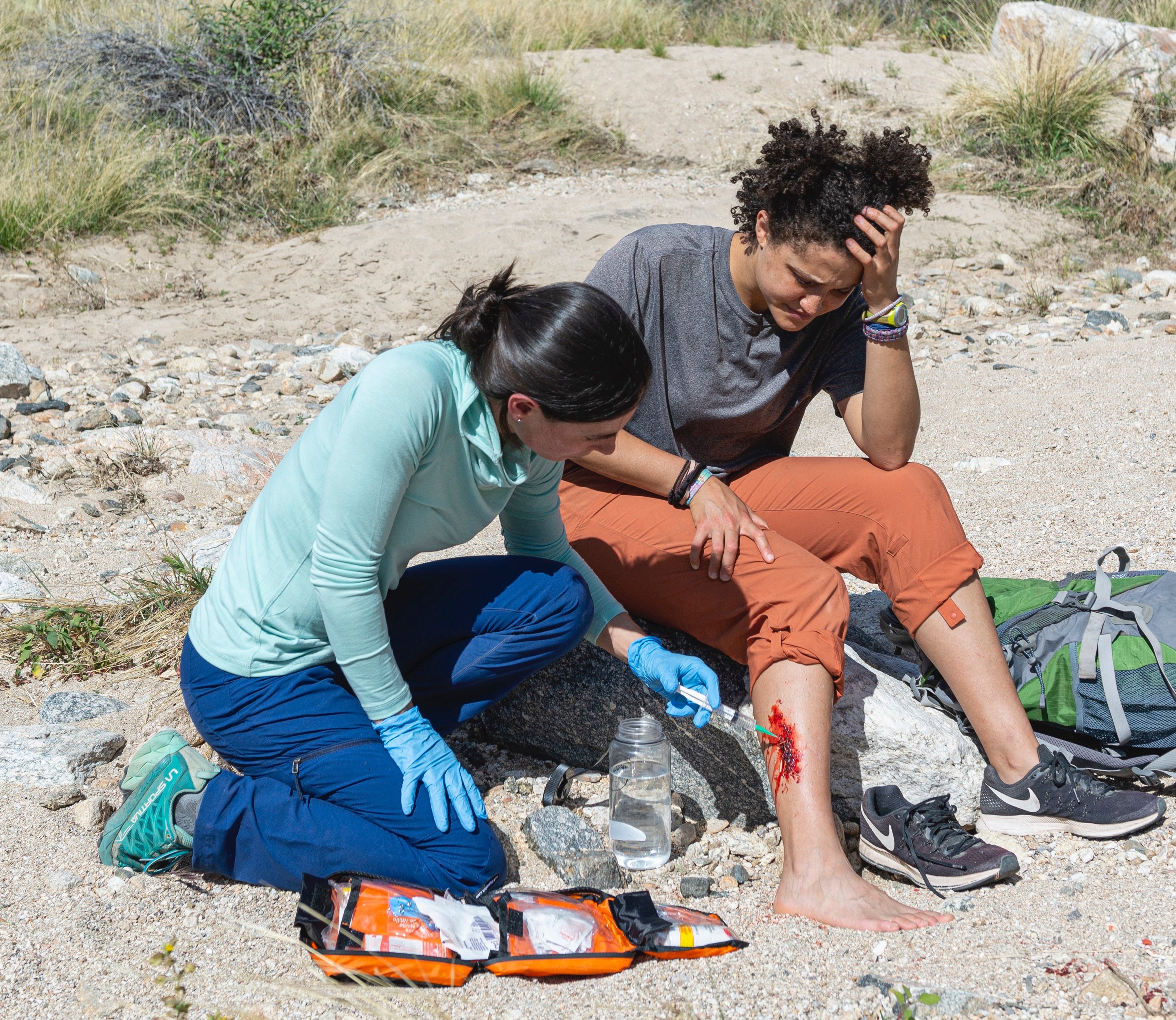
You may expect a camper to cut themselves while mountain biking, but be ready—campers can also wound themselves from tripping during a theatre game or art class. It’s inevitable that you'll deal with wounded kids.
It’s proactive to have treatment supplies with you and in your cabin. A bleeding camper doesn't want to run across campus or wait for someone to get the nurse, and it’s best to provide immediate treatment.
I’m the definition of uncoordinated and have scars to prove it, so when a wounded camper came to me and wasn’t profusely bleeding, I’d tell them to treat themselves the same way I frequently did: rinse the cut with soap and continue playing.
As a wilderness medicine graduate, I can now use my medical training, as opposed to personal experience with my own incorrectly handled injuries, to help a patient.
Before treating a wound, make sure you wash your hands and wear gloves (a good thing to have in your wound kit!).
- Control the bleeding (if the wound is not bleeding skip to step 2)
- Apply direct pressure to the wound. Pressure with fingertips or gauze must be focused on the source of the bleeding. Elevation may help.
- For more serious wounds, you would pack (stuff) the wound with gauze or a clean cloth and then apply more pressure. However, these are typically major wounds that you would likely need to involve the nurse or other medical professionals.
- Promote healing and prevent infection.
- Clean around the wound with soap and drinkable water or disinfectant and then rinse.
- Remove any foreign matter with disinfected tweezers or by gently brushing it out of the wound.
- Irrigate the wound with clean water with pressure from a syringe or a similar mechanism, like a water bottle.
- Cover the wound with a clean dressing and bandage. Make sure the camper keeps the dressing clean/dry and check in to ensure they change it every 24 hours.
- After the wound is cleaned and dressed, you should monitor the camper’s wound and look for the following signs and symptoms for infection:
- Redness extending beyond the wound
- Warmth, mild swelling, and tenderness
- Pus formation
- Heat, swelling, discoloration and pain often associated with increased pus formation (serious infection)
- Red streaking may form from the wound towards the nearest lymph nodes (serious)
- Swollen lymph nodes (serious)
- Fatigue, fever, and shock (serious)
Dehydration and Heat Exhaustion
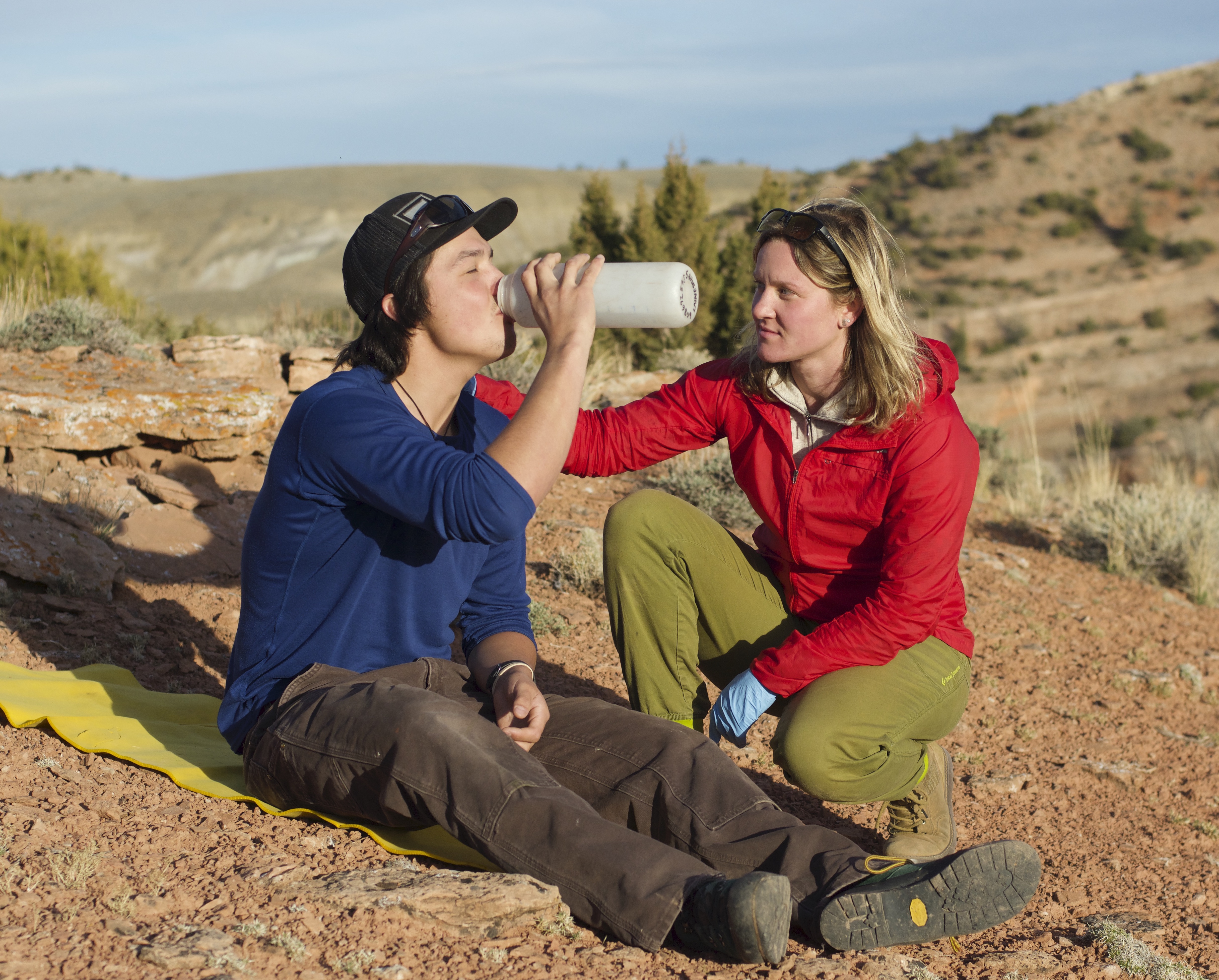
Dehydration and heat exhaustion show up at nearly every summer camp, and can range from a grumpy camper who just needs rest and water to a patient who requires hospitalization. We encouraged our campers to drink water and refill their water bottles—but it can be easy to forget when you’re playing dodgeball or having fun in theatre class!
However, reminding campers to hydrate isn’t enough to safeguard against heat illness. It’s also imperative that you recognize what heat illness looks like so you can intervene quickly. Heat illness is often mistaken as a bad attitude and it’s easy to fall into the trap of encouraging an ailing camper to “try harder.” To help a camper before their illness worsens, watch for these symptoms of heat exhaustion:
- Fatigue
- Nausea and/or vomiting
- Exercise-associated muscle cramps
- Dizziness, with fainting possible
- Elevated heart rate and respiratory rate (breaths per minute)
- Skin may be pale, cool, and clammy, or slightly flushed.
Dehydration can contribute to heat illness. Signs and symptoms to look out for include:
- Thirst
- Weakness, headache, fatigue, lightheadedness, irritability
- Dark smelly urine
On a hot day, we moved forward with our original plan for a camp-wide contest, despite the heat. One activity was a counselor scavenger hunt, which we thought would be low key because it involved sitting down to plan a strategy. However, with my current training and experience as a counselor, I shouldn't have been surprised that the kids took off sprinting after we made a plan. Now I realize that this was a potentially dangerous activity because everyone was already physically drained from the heat.
Even if dehydrated campers aren’t full-out racing each other, their chances of subsequent injuries during activities increases due to fatigue. Prevention and immediate treatment are key to avoiding these situations:
- Avoid highly physical activities on hot days—arts and crafts or verbal team-building activities are a great alternative!
- Check the weather in advance, monitor your campers’ reactions to the heat, and adapt your schedule accordingly.
- Rest and seek out shaded or cool areas.
One of the best ways to mitigate campers’ risk of heat illness is by practicing healthy preventative habits yourself. Wearing hats and other loose clothing that allows ventilation but still covers enough skin to offer sun protection is key. Campers will model their behavior off yours, so remember to drink water during events, offer more low-key activities—and don’t walk around with a bad sunburn!
Psychological First Aid
Whether it’s because the camper is away from home for the first time or they aren’t getting along with their cabin-mates, a traumatic event or the accumulation of stress can lead to stress injuries. Stress injuries, which are covered in the NOLS Wilderness First Responder curriculum, can affect physical, emotional, and cognitive health; they are exacerbated in an unfamiliar environment. Stress injuries are often overlooked or mistaken for a lack of mental toughness. Some common accumulating stressors I saw with my campers include:
- Extreme home sickness—not every kid will fall into routine after a few days
- Anxieties about fitting in with other campers/bullying
- Anxieties related to food and/or eating disorders and wearing swimwear/summer clothing
- Relationship problems
- Insecurities about performing in an activity, particularly if it’s mandatory and the camper struggles at it
- Stress about returning home
When a stressful event happens or many accumulate, our survival system takes over until the threat is gone. Symptoms of stress injury include:
- Anxiety
- Dizziness/trembling
- Increased heart rate/respiratory rate
- Need for control
- Anger/fear
- Nausea/stomachache: a very common symptom campers exhibit for a multitude of reasons, including an entirely different diet and sleep schedule, which can lead to digestive issues. Pay attention anytime a camper comes to you with this pain.
As a counselor, I considered one of my strengths to be my ability to connect with my high-school-aged campers. However, the lessons on psychological first aid that NOLS teaches would have enabled me better support them.
Psychological first aid focuses on simple interventions that caregivers perform already: listening, assuring safety and basic needs are met, reducing stress, and helping the patient to engage with support groups. When a concerned camper comes to you and you suspect a stress injury, you can employ psychological first aid by:
- Creating a sense of safety
- Remove the camper from the perceived stressor if possible, or take them to a neutral environment to talk
- Language is key—use words like, “safe,” “safety,” and “stable,” to reinforce this calm safe space
- Creating calm—This is the most powerful tool and the hardest to use. The rescuer needs to communicate not only in words, but also through their own calm demeanor
- Calm yourself first
- If a camper wishes to share, listen without judgment or interpretation
- Creating self and collective efficacy
- Recognize and remind the camper of their strengths
- Offer practical action steps that the camper can take to address their concerns—you’re trying to shift the camper from using their survival brain to problem solving.
- Creating connection
- Continually use the camper’s name while talking to them
- Let the camper know that you are here to listen and help
- Continue your relationship with the camper outside this talk
- See if it’s possible for them to reach out to their outside support network
- Creating hope
- Let the camper know that you will help them the practical take steps in their action plan.
- After the conversation with the camper, remain active in their recovery. Observe how they interact with the group and accommodate/work to include them as necessary.
- When checking in with your camper, do so so they don’t feel signaled out for their stressors.
Supporting a camper with their mental health and stress was extremely rewarding, but was sometimes emotionally taxing. To support your campers, you need to care for yourself, which may include accessing other resources/staff to assist them. While you may worry they'll feel you’ve betrayed their trust, I found that reassuring them I had their best interest in mind often helped.
The summer is long and being on duty most of the day can be draining and put you at risk for your own stress injury if you don’t take care of yourself! For me, this meant running every morning in the beautiful Shenandoah mountains and building a relationship with my fellow counselors. These breaks allowed me to show up for my campers, both when we were having fun and when they needed support.
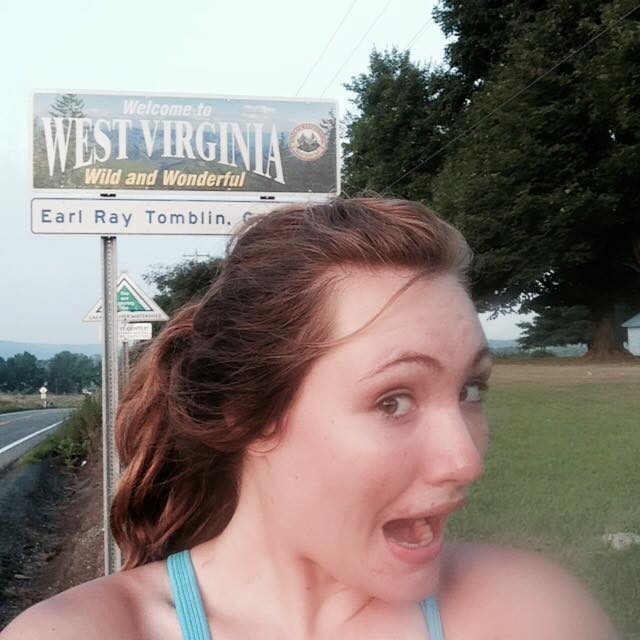
Final Takeaways
I wouldn’t have worked for a camp if I didn’t have experience with children, but I also should have considered a NOLS Wilderness Medicine course as a requirement. From lightning safety, to snake bites (don’t touch snakes!), to head injuries, there is so much more from my NOLS course I wish I’d known. Being certified would have allowed me to more confidently make informed decisions to lead my group. By exuding this confidence, I could’ve been a better role model for my campers.
Wilderness medicine training would’ve helped me take better care of myself and fellow counselors as well. Education about wound management would’ve made me ready for when my co-counselor jumped onto glass and his foot became a bloody squirt-gun. Maybe the section on bites and rashes from my WFR would’ve made me think twice about running barefoot through the woods and getting chigger bites!
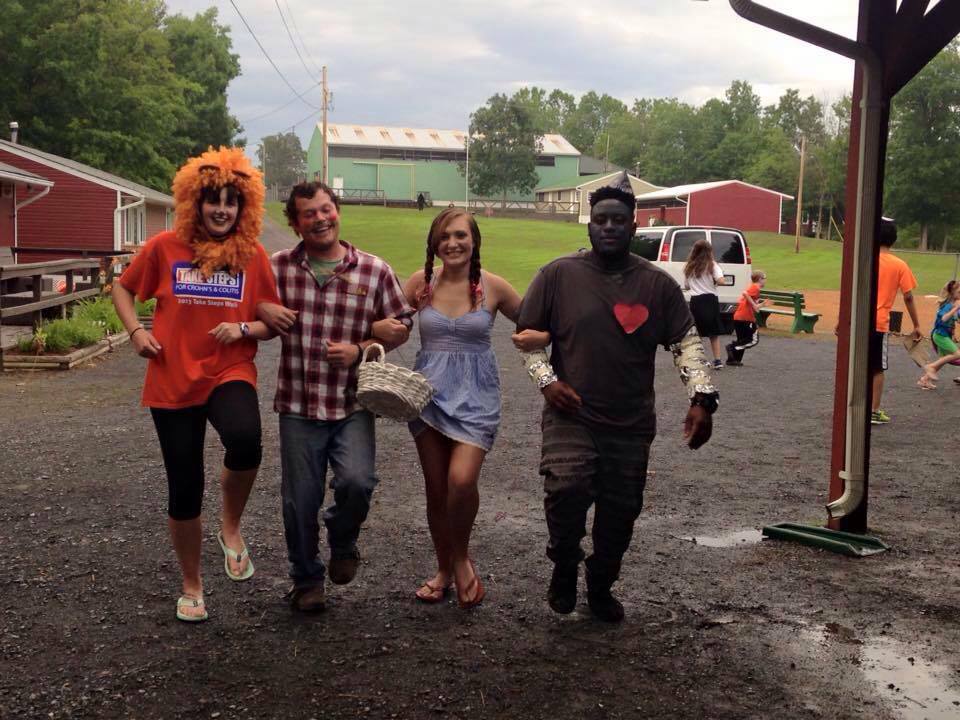
Even if you don’t think you need wilderness medicine training for your specific counselor job, do it for your campers and your colleagues. Preparedness and the knowledge to improvise/act is the best skill you could have for this job.
Expand your skillset and get ready for summer camp with a NOLS Wilderness First Aid course.
- Wfa
- Wfr
- Wilderness First Responder
- First Aid
- Wilderness First Aid
- Wilderness Medicine
- Stories
- Wilderness Medicine Stories
Written By
Colleen Kelley
Colleen Kelley is the Marketing Coordinator for NOLS Wilderness Medicine. She graduated from Kenyon College in 2018 with degrees in film and English. When she's not writing/making or analyzing (aka binge watching) films, you can find her running (literally) around Lander or trying to find someone to pump her gas (because she is from New Jersey and that's not legal there).


